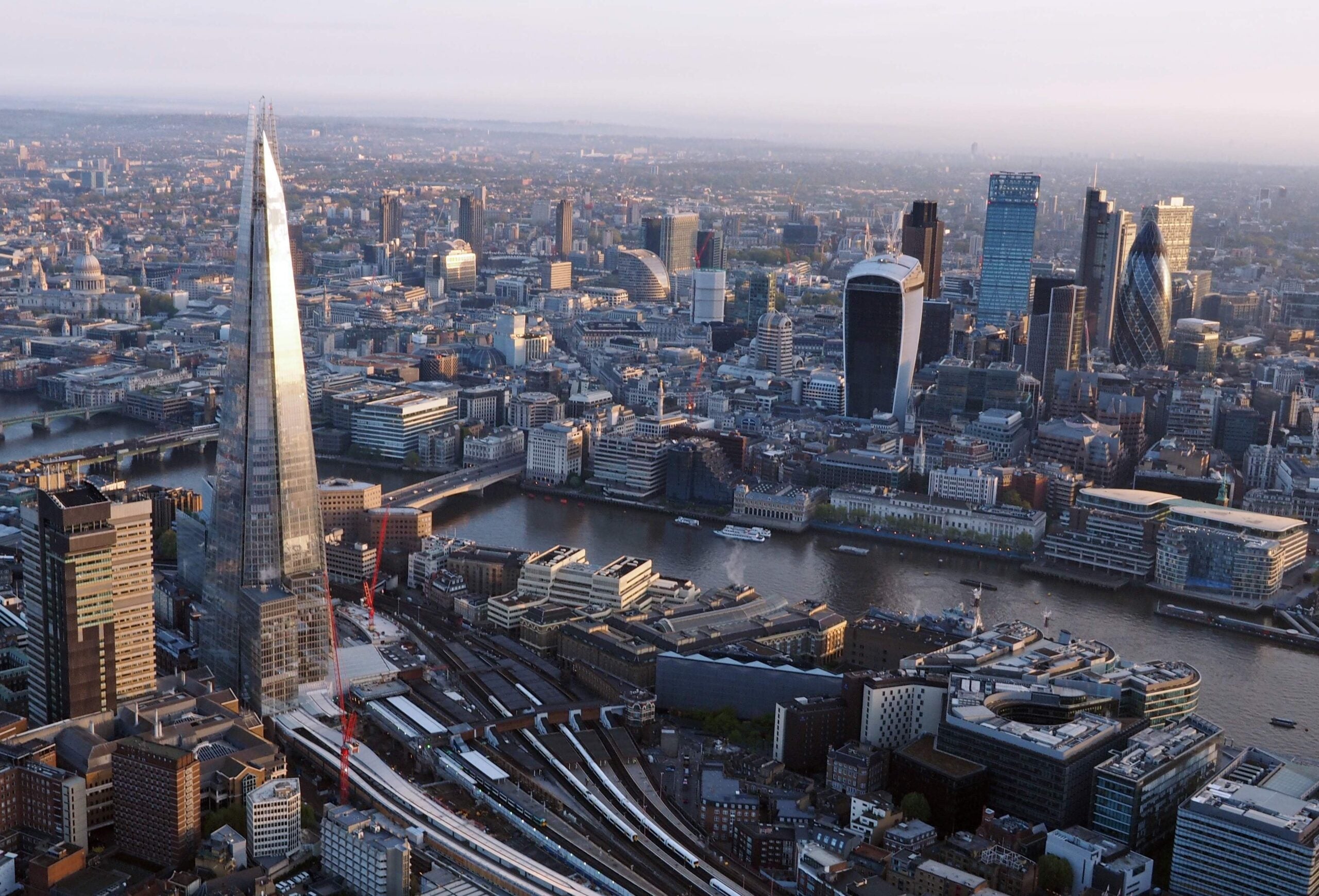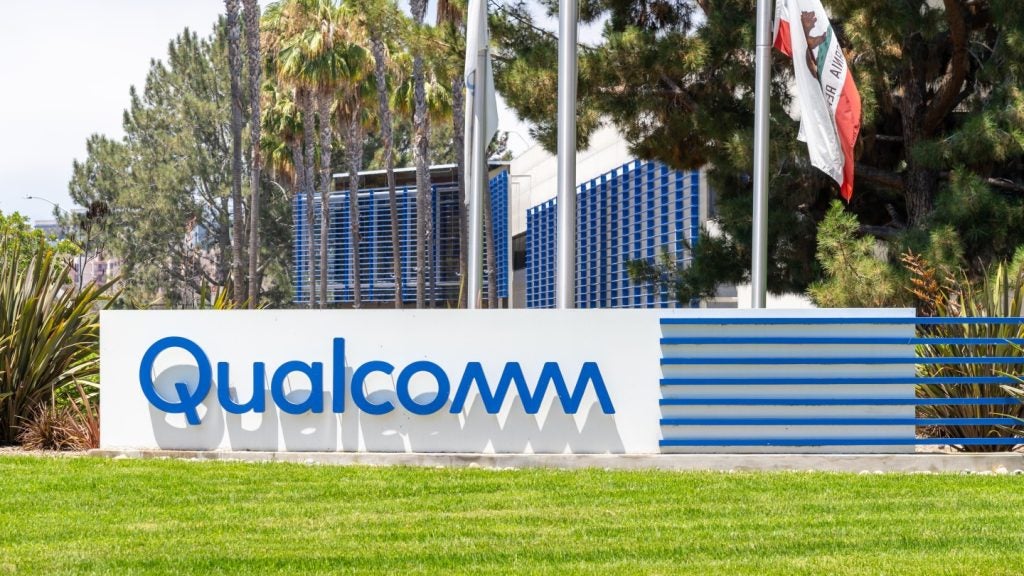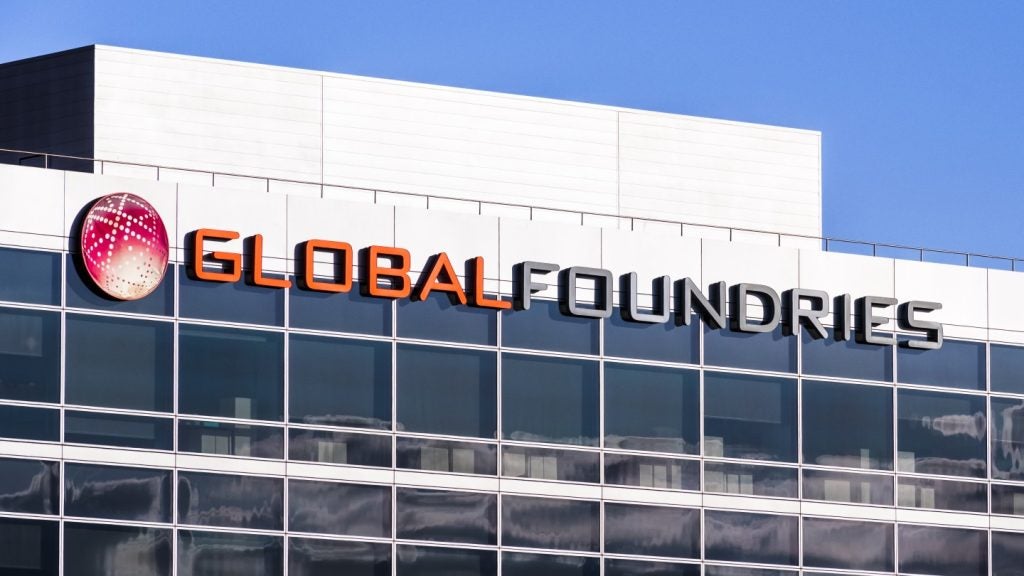Although smart city proponents insist that their technologies could alleviate the water scarcity problem, the relationship between water and technology remains far from straightforward. In some cases, these technologies exacerbate the problems they seek to solve.
The first paper discussing the impact of greenhouse gas concentrations on surface temperatures was published in 1896. However, over a century later, new climate extremes are met with both a sense of surprise and a lack of preparedness. One of these extremes is water scarcity.
Recent droughts are not one-offs
The last couple of months has seen large regions across Europe, India, and China experience scorching temperatures and prolonged periods of drought. While it is easy to approach record-breaking weather with a sense of novelty and relegate them to black swan events, the propensity for acute drought has increased markedly in recent years. In 2019, the Indian city of Chennai saw its taps refuse to run as it reached ‘Day Zero’. While in June 2021, the Hoover Dam reservoir in the US dropped to its lowest capacity ever recorded, leaving 25 million people in a position of water scarcity. As a result, UNICEF estimates that half of all people could live in an area of water scarcity by 2025.
This year, it seems that the water scarcity story may very well repeat itself, as the tributaries supplying the Yangtze River in China continue to disappear, causing untold levels of disruption with wide-reaching repercussions. For example, dropping water levels in China’s longest river has endangered the power supply in Shanghai due to reduced hydropower generation. As a result, Shanghai has had to take emergency measures to ration its energy, such as switching off its streetlights. Shanghai’s water scarcity problem is particularly troubling as, in 2022, Juniper Research ranked the city as the smartest in the world. As a result, the city’s power problems suggest that the rest of the world is woefully unprepared for responding to the disruption brought about by climate change.
Decreasing water levels of the Yangtze river also have wider implications for the country, with China relying on hydropower for 16.1% of its power generation capacity, according to GlobalData.
Smart city and smart water
Companies such as Xylem, Itron, Siemens, IBM, and Cisco have moved quickly to address the water scarcity problem facing many cities, by developing smart water products and services that track consumption and detect leaks by using technology such as the Internet of Things (IoT) sensors. These can provide valuable savings, with water providers such as Thames Water estimating that 24% of the water it supplies is lost through leaks in its system. Due to the endemic problem of water wastage, smart water technology is being widely adopted and, as a result, GlobalData forecasts that the smart infrastructure market will reach $168.9 billion in 2024.
However, this is not just a case of a ‘silver bullet’ solution. Smart city technology often requires substantial infrastructure, which comes with its own energy and water demands. According to Digital Reality, 3% of the world’s total power consumption can be attributed to data centers. Powering and cooling data centers is a resource-hungry process and while this percentage may sound small, a growing number of cities undergoing digitalization and adopting smart city technologies will see this figure substantially increase.
Although efforts have been made to reduce the energy demands of running and cooling data centers (such as Microsoft’s underwater data centers) we should be wary of technofix approaches to cities as we increasingly feel the impacts of climate change. A lack of climate awareness and planning could very well see smart city solutions generate their own set of problems.







